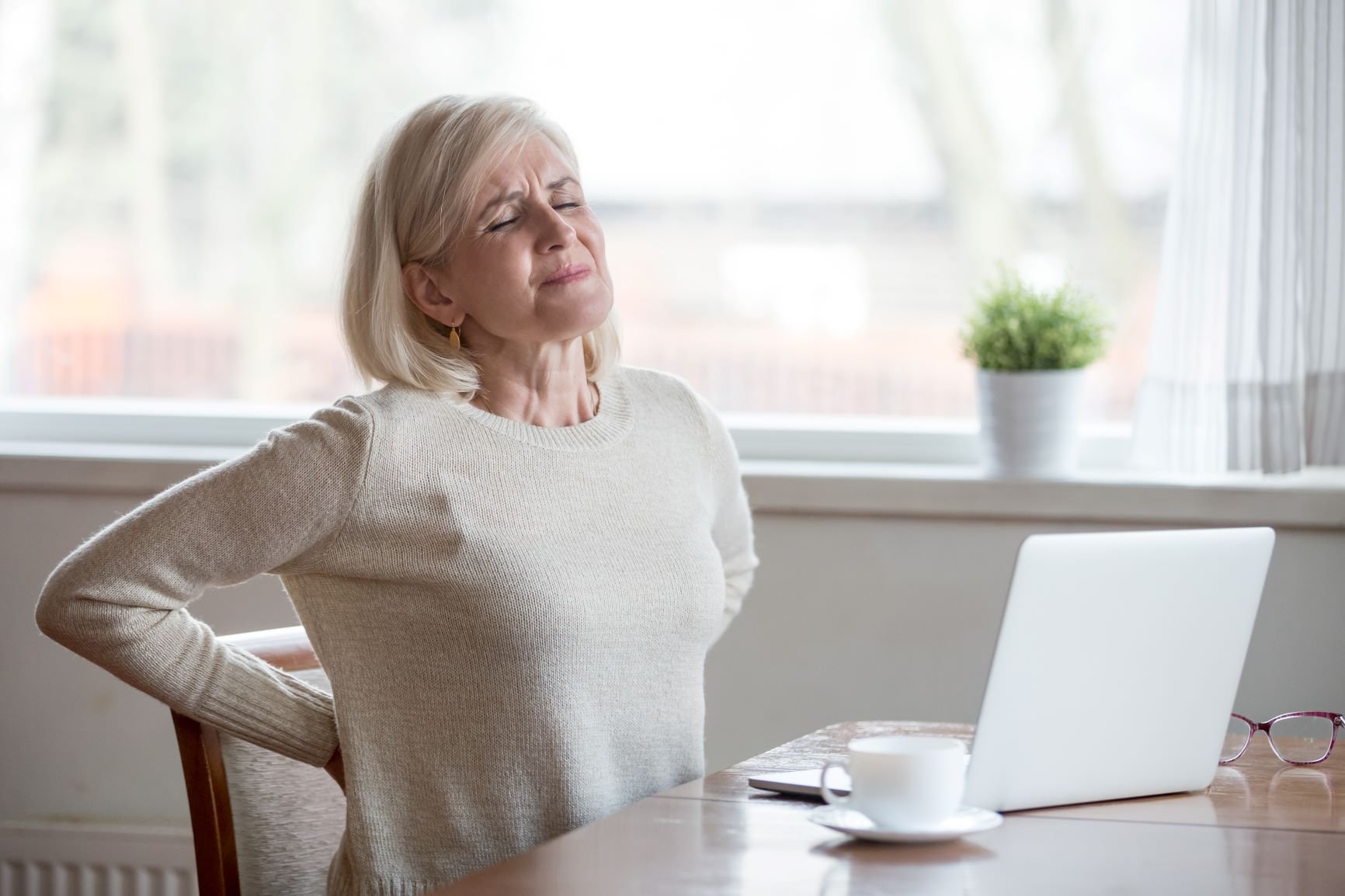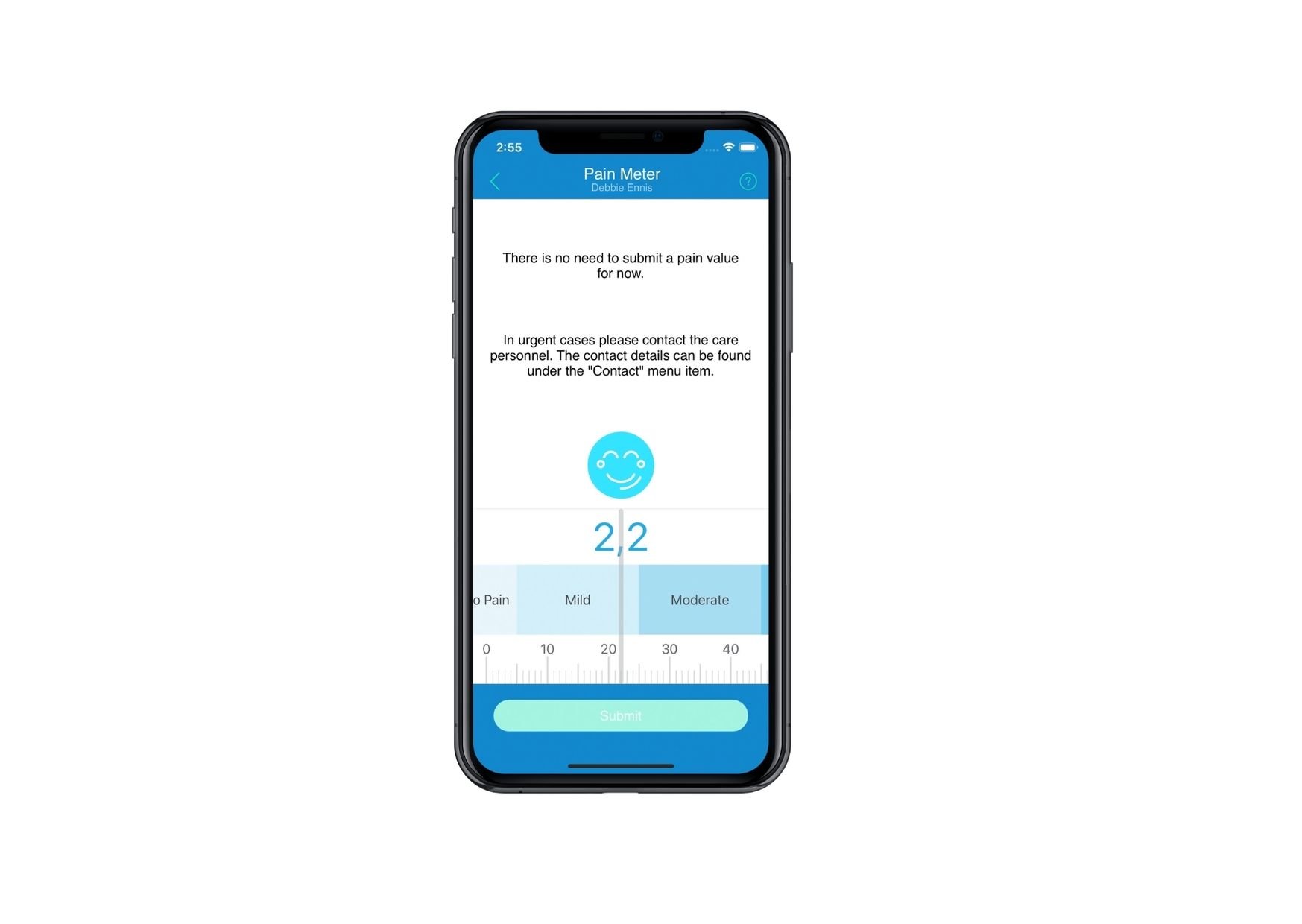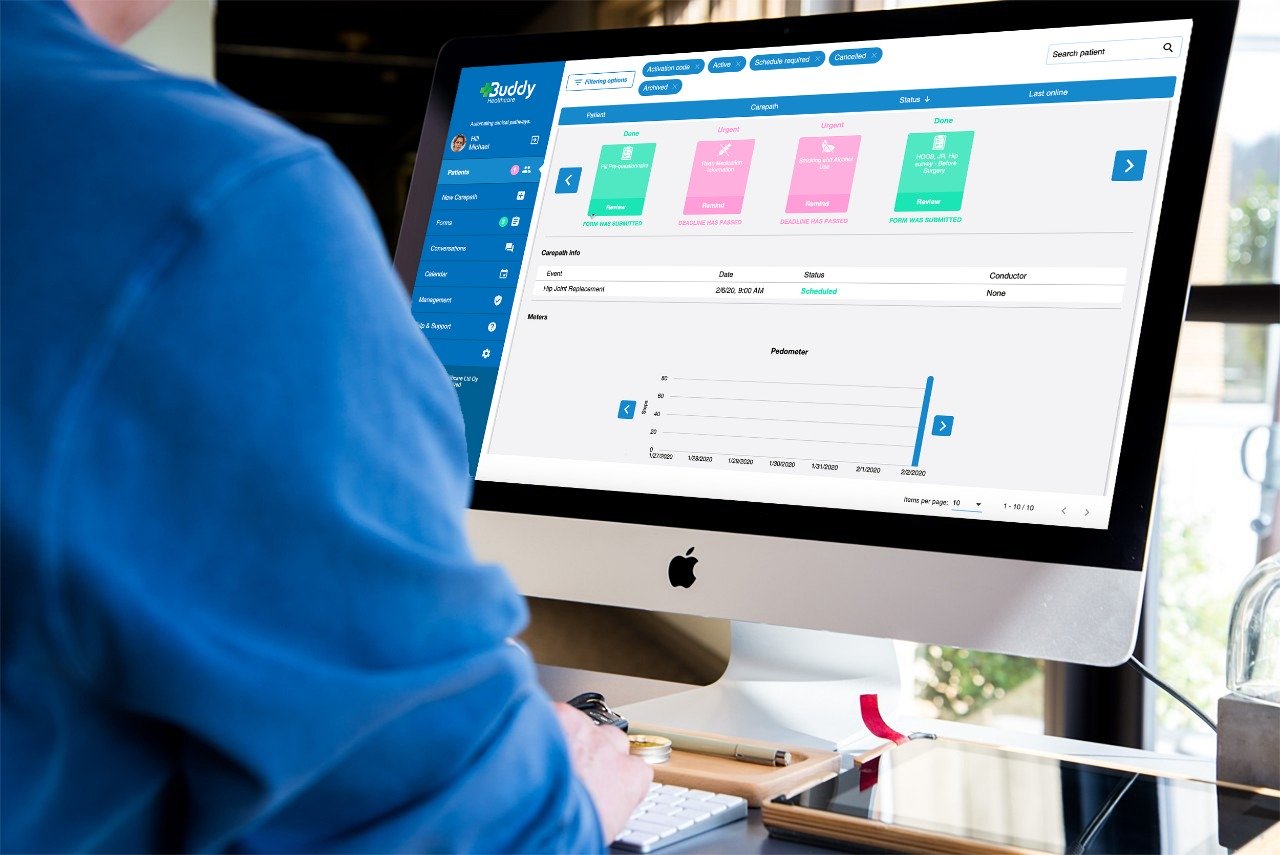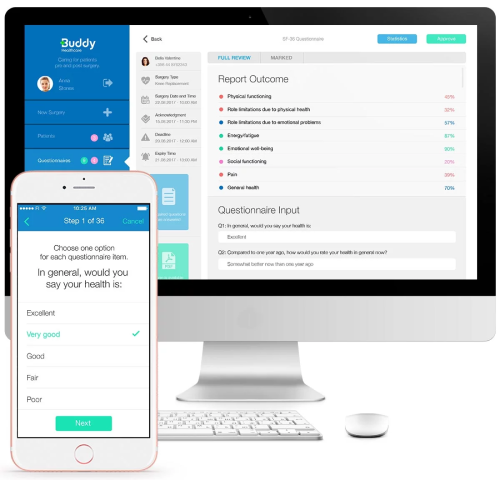CARE COORDINATION & PATIENT ENGAGEMENT PLATFORM
MONITOR AND MANAGE YOUR CHRONIC PAIN PATIENTS' CARE PROCESS WITH PATIENT MANAGEMENT SOFTWARE

Reduce Administrative Burden And Improve Chronic Pain Patients' Experience And Outcomes.

Automate Your Chronic Pain Patients' Education and Data Collection while Monitoring Care Progress Remotely
Chronic pain is an individualized experience that has many different root causes. A short-term, acute injury may turn into a systemic and complex disease state, requiring different diagnostic approaches and management strategies.
Traditionally, pain management patients receive primary care or ambulatory clinic treatment and then return to their homes and lives, attempting to manage their condition largely independently.
Without adequate support, however, they can struggle to maintain the pain management strategies which they have acquired and often may feel frustrated and even abandoned, potentially leading to a return or even worsening of their condition.
Monitor, guide and support chronic pain patients after they have left the clinic
With the BuddyCare remote care Platform, care teams now have the ability to monitor, guide and support chronic pain patients after they have left the clinic for weeks and even months to come. Through automated, digitized care plans, instructions and reminders, patients are following the necessary steps at the right time to maximize the benefits of their clinical treatments.
Automate your patients’ instructions delivery and pain measurement
Patients can access training materials, instructional videos about exercises and pain management strategies 24/7. They can stay connected and communicate securely with their therapists and providers and upload photos, forms and questions whenever necessary.
Chronic pain can be a very isolating experience for the patient, as they are met with many unique difficulties throughout their everyday life. The BuddyCare App provides the patient with a constant care companion to guide and motivate him or her for tasks, to monitor progress and minimize challenges that may otherwise arise. Patients will feel less alone, be more involved and committed to their own care and healing through this interactive approach. Patients may also experience less anxiety about the journey after the clinical stay.
Furthermore, the use of opioids may be better monitored for example with the help of a pain scale and even reduced as patients are more consistently guided and presented with alternative methods of pain management, such as breathing techniques, mindfulness exercises and journaling.
Monitor and Manage Your Pain Therapy Patients Care Pathways' Easily
Additionally, medical providers and therapists can now monitor and guide their patients via a web-based Dashboard long after they have left the inpatient environment and ensure that the appropriate information is being provided to the patient at the appropriate time while having the reassurance of knowing how the patients are doing weeks and even months after their clinic stay or treatment(s).
The patient's management software's dashboard collects pain scale data or other in-app forms from the patients and provides a convenient at-a-glance view for the care teams.
Chronic pain management is also more complex than some other specialties and may require the input of multiple disciplines rather than a single provider. Through the localization of all information in one place, interdisciplinary teams can more effectively access all needed information of a shared patient in one place.
Read a customer story on how the Pain Clinic of Universitätsklinikum Schleswig-Holstein, Campus Lübeck in Germany, has used the BuddyCare solution to monitor and support chronic pain patients' care process.

Virtual Care with the BuddyCare Platform
Mobile App for Patients
The patient-facing BuddyCare app helps patients to navigate through their care pathways.
Timed reminders and push notifications ensure that patients get the right information at the right time.
Patients can submit forms or in-app questionnaires to the care personnel and interact via the mobile app.

Dashboard for Care Personnel
With the dashboard, the hospital care teams can monitor patients' care progress and see at-a-glance if patients have read all education, followed instructions, and submitted in-app questionnaires.
The dashboard collects data during the patients' pathways and enables patient interaction. The dashboard produces reports for analysis.
